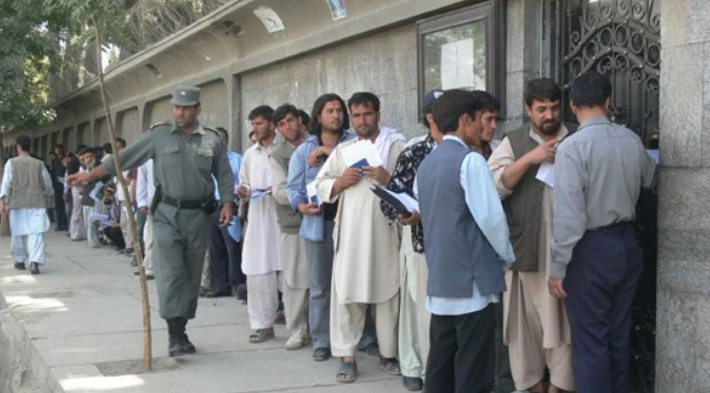Mohamed Shaat
Despite the common interests that the Iranian regime and the Taliban movement have in Afghanistan following the latter’s rise to power in mid-August, the movement’s arrival to power has caused repercussions that represent pressure on Tehran, on top of which is the daily exodus of thousands of refugees to Iranian lands to escape the new regime.
Conflicting positions
The Iranian regime’s position on Afghan refugees varied. With the beginning of the movement’s rise in mid-August, Iran announced its readiness to shelter the refugees. The Director General of Border Affairs at the Iranian Ministry of Interior, Hussein Qassemi, said that his country was ready to accommodate Afghan refugees in the provinces of Razavi Khorasan, South Khorasan, and Sistan and Baluchestan, which border Afghanistan. He confirmed that the Iranian Ministry of Interior had prepared two months ago for the establishment of temporary camps to house Afghan refugees in the event they entered the country.
However, the Iranian position changed rapidly after a few days of these statements, as the Iranian Ministry of Interior announced that it would not allow the entry of Afghan refugees, noting that it would not allow the establishment of camps to receive them.
Qassemi said that an executive order was issued to the aforementioned provinces to return any Afghan who tries to enter Iranian territory.
Regarding the number of Afghan refugees, the UNHCR said that Pakistan and Iran received the largest number of Afghan refugees last year, with 1.5 million fleeing to Pakistan and 780,000 to Iran. Germany came in third place by receiving 180,000 Afghan refugees, while Turkey received 130,000.
Continuing waves of refugees
Despite Iran’s refusal to receive Afghan refugees, the waves of displaced are still continuing, as the Norwegian Refugee Council said in a recently issued report that between four and five thousand Afghans have crossed daily into Iran after the Taliban took control, calling for increased support for Tehran to enable it to provide humanitarian needs.
Norwegian Refugee Council Secretary-General Jan Egeland said in a statement during his visit to Iran this week that thousands of exhausted women, children and men cross from Afghanistan to Iran every day in search of safety, adding, “We cannot expect Iran to host this number of Afghans with such limited support from the international community.”
According to the report, Iran is one of the countries hosting the most refugees in the world, especially Afghans, as their number was estimated before the current events at about 3.5 million, noting that between four and five thousand Afghans daily cross the border separating the two countries, which extends for about 900 km.
The report indicated that about 300,000 people have crossed into Iran since the Taliban took control of Kabul in August, which coincided with the withdrawal of US forces after a presence of nearly two decades.








































admin in: How the Muslim Brotherhood betrayed Saudi Arabia?
Great article with insight ...
https://www.viagrapascherfr.com/achat-sildenafil-pfizer-tarif/ in: Cross-region cooperation between anti-terrorism agencies needed
Hello there, just became aware of your blog through Google, and found ...